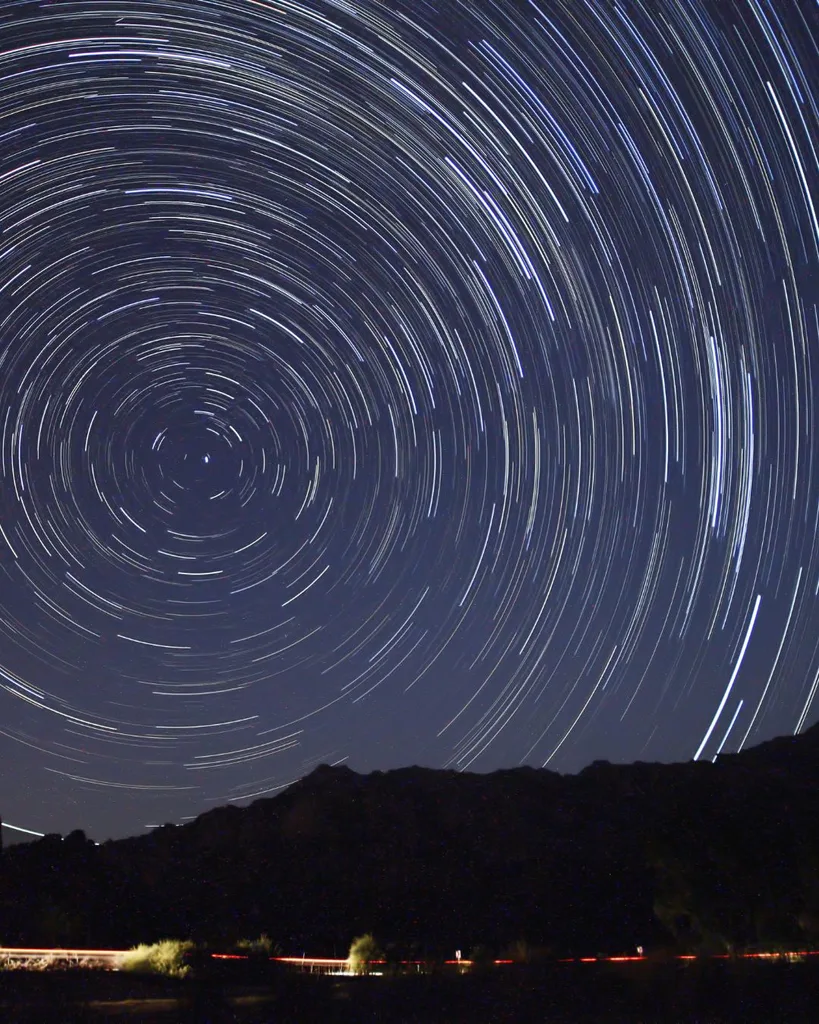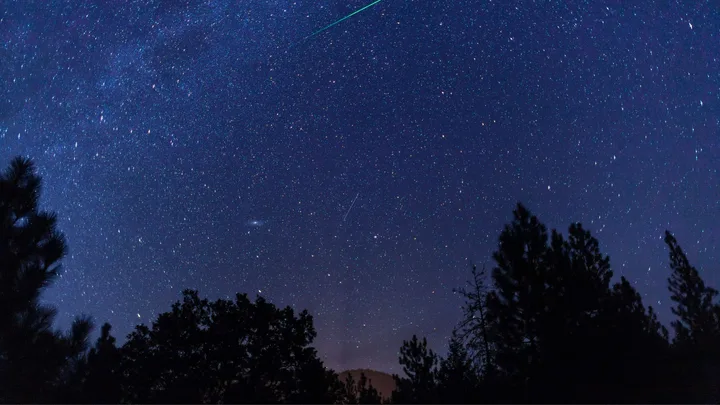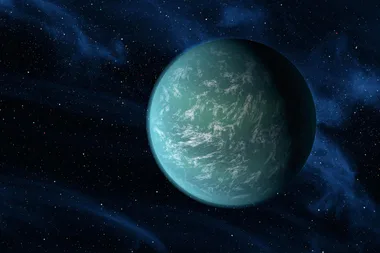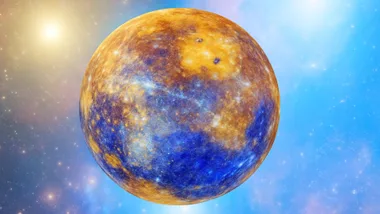If you’ve been craving a little cosmic drama, tonight’s sky is about to deliver. The annual Perseids meteor shower is set to make its 2025 appearance in Australia, offering stargazers a chance to catch it from friday night, July 18 through to August.
One of the most reliable and visually stunning meteor showers of the year, the Perseids are famous for their fast, bright streaks across the sky, and this year’s show promises up to 100 meteors per hour during its peak.
While the Northern Hemisphere tends to get the best view, Australians can still catch a decent glimpse – especially if you’re in a darker or more rural location.
What Is The Perseids Meteor Shower?

The Perseids occur every year from mid-July to late August, when earth passes through the debris trail of the Comet 109P/Swift-Tuttle, which hasn’t passed through the inner solar system since 1992. For reference, the Comet Swift-Tuttle is twice the size of the asteroid believed to be responsible for the demise of the dinosaurs, hence the level of associated debris.
As tiny fragments from the comet hit earth’s atmosphere at high speeds, they burn up – creating those brilliant flashes of light across the sky.
Considered the “best meteor shower of the year”, the celestial event is characterised by swift and bright meteors, that, per NASA, “frequently leave long wakes of light and colour behind them as they streak through Earth’s atmosphere.”
Aside from its frequency and brightness, the Perseids are beloved by stargazers for their long, colourful trails and occasional fireballs; and not emotional type you might find yourself dodging during Mercury in retrograde.
They’re called the Perseids because they appear to radiate from the constellation Perseus, though the constellation isn’t the source of the meteors.
While they start their sparkling show from mid July, the shower runs until August 23, with activity expected to hit its peak on August 12-13.
Can You See The Perseids Meteor Shower In Australia?
Yes you can! Although the best views are to be found in the Northern Hemisphere, the Perseid meteor shower is still visible from Australia, albeit slightly less magnified.
In saying that, visibility is the strongest in the far north of Australia, with those in the southern states less likely to catch a glimpse of the solar storm with the naked eye.
If clouds ruin your view tonight, you may still spot a few stragglers in the coming nights – but your best chance to see the full spectacle is Friday night into Saturday morning, or later on in August when the skies are set to be clearer.
For the best chance at catching it, head somewhere away from light pollution, cities and streetlights.
What Time Of Night Is Best To See The Perseids?
NASA suggests that the optimal time to view the Perseids is during pre-dawn hours, when the sky is at its darkest and the constellation Perseus is above the horizon.
The later you stay up (or get up), the better the viewing conditions tend to be – ideally between 2am and 4am, when the radiant point in the sky climbs higher.
However, if you’re not keen on setting your alarm that early (and we don’t blame you), then there’s an opportunity to see them from 10pm.
Related articles:
- Mercury Retrograde In Leo Is Here To Mess With Your Love Life
- These Star Signs Are Feeling Mercury Retrograde The Most
- 84 Years Ago Uranus In Gemini Witnessed A World In Chaos, Now It’s Back




